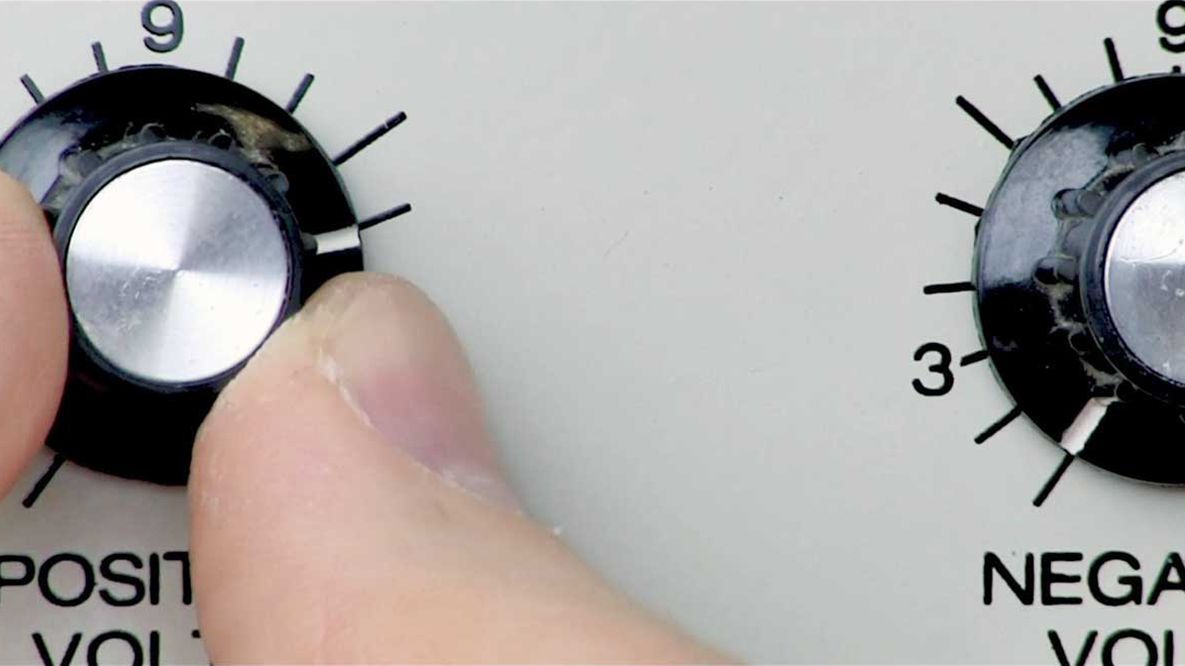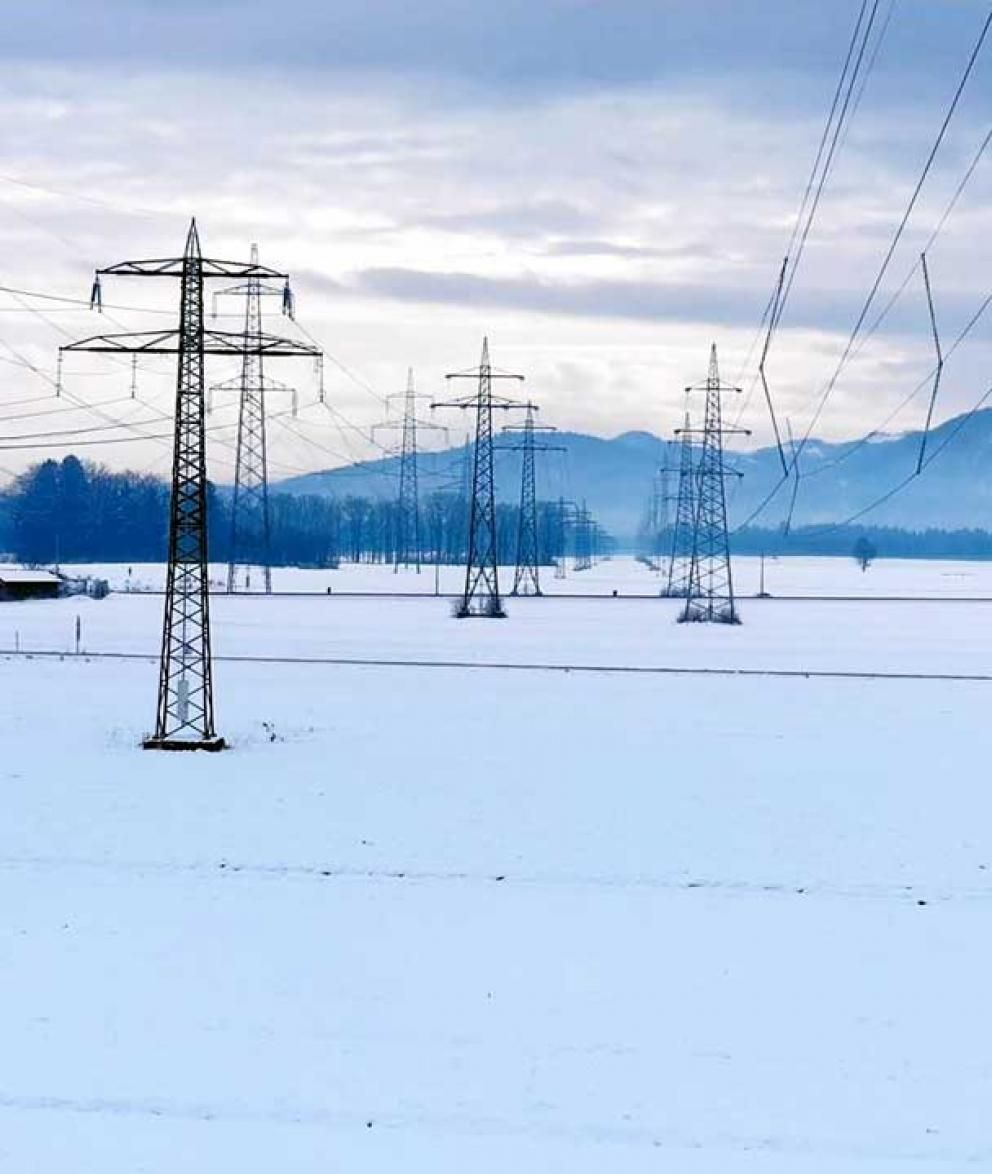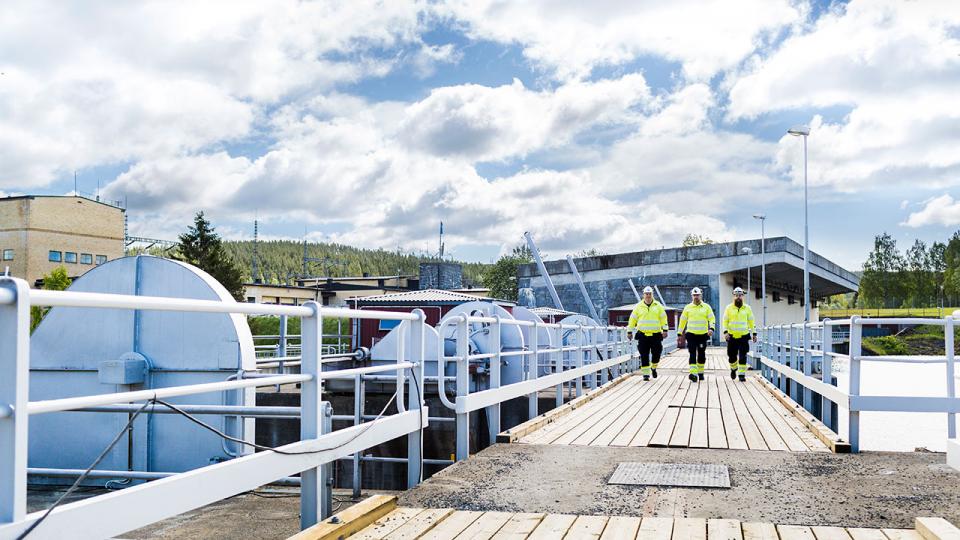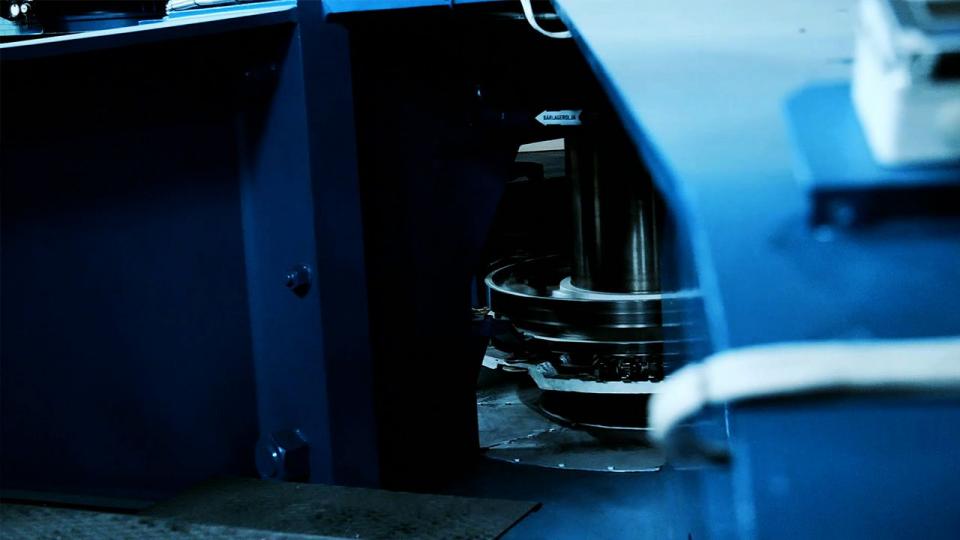Sweden has some 10 million inhabitants. On a cold winter’s morning, a large percentage of the population may happen to wake up at about the same time, turn on their coffee machines and then take a shower. When their morning routines are done, many of them will take a train, subway or bus to work. This is when machines and production processes are started up and continue throughout the workday. Much of what we do every day, and which drives the growth of our economy, is dependent on access to electricity.
But what is it that enables all of our industrial processes to take place at the same time, and allows us to get to work in a climate-smart manner?

Power required for managing the demands of the moment
In simplified terms, “power” is a measure of the amount of energy that, at any given unit of time, is provided to keep something running – such as a machine or light bulb. The fact is that the simultaneous use of one million coffee machines requires power of 1,000 MW, which corresponds to the output of a single nuclear power reactor, or 200 wind turbines. It is important that the power is balanced in the electricity system. This entails ensuring there is just as much supply as the demand, at every nanosecond and millisecond. To achieve the power balance, it will not suffice that we produce a sufficient amount of electricity annually to meet the demand. At any given moment, there must also be sufficient electricity to balance our consumption, such as when everyone switches on the coffee machines at exactly the same time. Power shortages occur when the demand at any given time is greater than the supply.
Capacity required to transport electricity from one location to another
Capacity is used to describe our electricity grid’s ability to transport electricity. For electricity consumers to benefit from both electricity and output, there must also be opportunities for transfer in our network. As a result of the urbanization of society, the need for output and capacity is concentrated in metropolitan areas, where numerous residential units and industries are located. This imposes requirements on power producers and grid owners. Furthermore, the entire electricity grid must function simultaneously – the transmission grid, regional and local grids must all work together for electricity and output to be delivered at the right time and place. Capacity shortages occur when our electricity grid is insufficient for delivering the power that is required.
The right frequency is needed to keep the system going
Other crucial system factors are rotational energy and frequency control. The frequency in the electricity system must be maintained between 49.9 and 50.1 Hz. As the collective consumption rises, the frequency falls, which must be compensated for with increased production. If the frequency falls below a certain critical level, the risk of damage to electrical equipment increases. At below 49.0 Hz, major regions of Sweden are at risk of blackouts – which would cause extensive problems for the country’s inhabitants, our industry and our vital societal functions.
Hydro and nuclear power are critical
Curbing electricity consumption to get around the problem of output and capacity is not a long-term solution. Our economy is increasingly centered around and dependent on electricity. Furthermore, Sweden is at the leading edge of electrification and the digitalization of industry. Thanks to our electricity system being up to 98% fossil-free, our industry has a low carbon footprint. For society to continue experiencing economic growth and become fossil-free in the long-term, our industry and transport sector needs to have stable access to both energy and power. Our electricity system has managed to maintain this balance through many years of cold winters, due to our access to nuclear power and hydropower – energy sources that not only help the power balance but which are also fossil-free and unaffected by weather changes.
A doubling in demand for electricity
The development of hydrogen and electrification of society as a whole will result in a far higher demand for electricity than today. Several different studies, such as one by Swedenergy [Swedish], indicate that demand will more than double by 2045 – from today’s barely 150 TWh to 300 TWh.
Furthermore, the Swedish Energy Agency indicates that a large number of power plants will exceed their age limit by 2045. The combined production of these power plants is 100 TWh per year.
In total, we will need a minimum of 150 TWh to cover the increased electricity consumption, and 100 TWh to compensate for decommissioned power plants. Therefore, we are talking about 250 billion TWh, and within 25 years.
We ensure the electricity system has rotational energy and power
As part of the global Uniper Group, we are a major electricity and power producer for Swedish base industry and a guarantor of stable and reliable electricity generation. We have power plants throughout the country for fossil-free hydro and nuclear power, as well as the Nordic region’s greatest peak power and reserve power. Uniper’s electricity is used to ensure that our society and industries function, regardless of the weather and time of year. In terms of hydropower, we are the third-largest producer in Sweden. Our 74 wholly and jointly owned hydropower plants, distributed from Lycksele in the North to Kristianstad in the South, account for approximately 12% of Sweden’s total hydropower production. The Uniper Group is a co-owner of all three of Sweden’s active nuclear power plants.
Find out more
During the winter months, from 16 November to 15 March, the Karlshamnsverket is part of Svenska kraftnät's power reserve. This means that Svenska kraftnät decides whether, and if so when, we will start the power plant.
Hydro power has many advantages. It has near-zero emissions of greenhouse gases, while providing a reliable electricity supply at a competitive price. Hydro power is renewable, because the water that is utilized by the power plant is not consumed, but constantly returned in the form of precipitation.
A functioning and stable electricity system requires access to the right amount of electricity throughout the country, and that the electricity is of sufficiently high quality. Consequently, rotational energy – the kinetic energy that remains in our large generators when they have been set in motion – is important to us.



